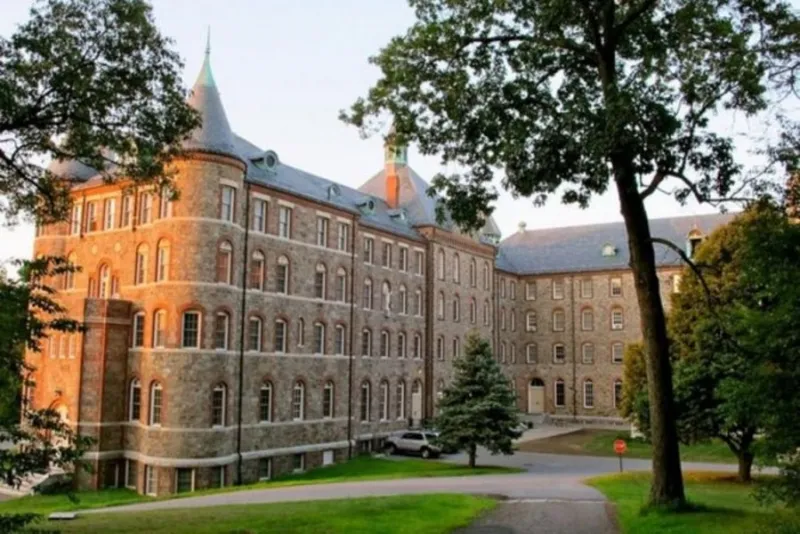
CNA Staff, Jan 9, 2024 / 11:56 am (CNA).
The attorney general of Michigan on Monday released the second of seven expected reports of alleged clergy abuse in the state, part of a multiyear investigation into abuse allegations — many of them decades old — against Church officials there.
Attorney General Dana Nessel’s office announced the release of the report on the office’s website. The office said the report involves “allegations of abuse that took place in the Diocese of Gaylord.”
The Michigan attorney general is conducting investigations of abuse allegations in each of the seven Catholic dioceses in the state. In October 2022, Nessel’s office released the first report compiling allegations of sexual abuse committed by priests in the Diocese of Marquette, stretching back to the 1940s. That report named 44 priests who ministered in Marquette who have been accused of abuse or grooming behavior.
Most of the priests in the Marquette report were known or presumed to be deceased. Similarly, the Gaylord report released on Monday noted that “for the 28 priests and deacons” named in the review, “16 are known or presumed to be dead.”
“For the 12 who are living or presumed to be living, three are in active ministry for the Diocese of Gaylord; one as a pastor and the others in retired ministry,” the report states.
For the three priests in active ministry, “the allegations against them related to allegations involving adults,” the report noted, adding that “the AG has not filed criminal charges against any of these priests.”
The 28 named individuals on the list were those “for which there were allegations of sexual misconduct against either children or adults since Jan. 1, 1950,” the report said.
The office said the “vast majority of conduct as alleged that may have violated Michigan criminal law occurred before 2002,” the year that the U.S. Conference of Catholic Bishops adopted its Charter for the Protection of Children and Young People.
In a press conference on Monday following the report’s release, Gaylord Bishop Jeffrey Walsh said the report would “bring comfort to some but reopen wounds for others.”
“I would like to especially recognize and thank the courageous victim-survivors who shared their stories,” Walsh said. “Their actions of coming forward, regardless of when the trauma occurred, will continue to help to hold us accountable as responsible citizens.”
Walsh said at the press conference that “there is no priest or deacon in active public ministry in the Diocese of Gaylord who has a substantiated allegation of sexual abuse or misconduct against a minor.”
The bishop noted he was aware of the three priests named in the report still in active ministry; he said he “planned to meet with the diocesan review board” in January to “discuss the particulars of the report.”
Nessel, meanwhile, on Monday said her office had vowed at the outset of the investigation that “every case of sexual abuse and assault would be thoroughly reviewed and that the results of the investigation would be transparent.”
“In the end, we hope this investigation provides a voice to those who have suffered in silence for so long and shines a light on those alleged offenders whose actions allowed them to evade true accountability,” the attorney general said.
Michigan’s then-Attorney General Bill Schuette launched the state’s investigation into Catholic clergy in September 2018 following the release of a grand jury report in Pennsylvania that detailed decades of abuse allegations against 300 Catholic priests in that state.
After the announcement of the investigation, Michigan’s seven dioceses said they welcomed the investigation and pledged their full cooperation.
If you value the news and views Catholic World Report provides, please consider donating to support our efforts. Your contribution will help us continue to make CWR available to all readers worldwide for free, without a subscription. Thank you for your generosity!
Click here for more information on donating to CWR. Click here to sign up for our newsletter.






Leave a Reply